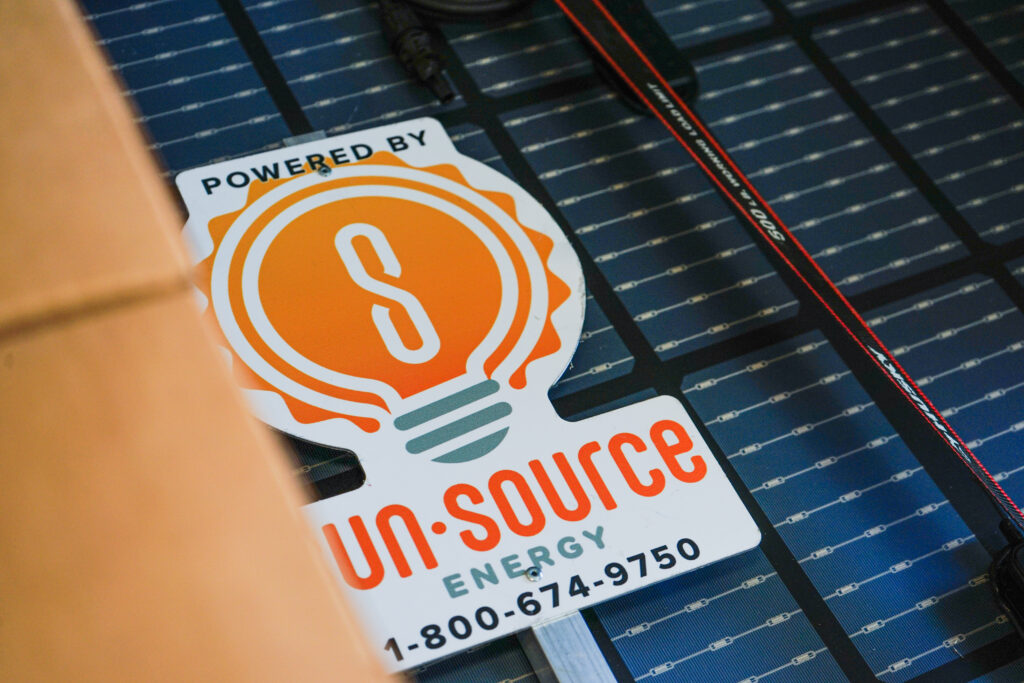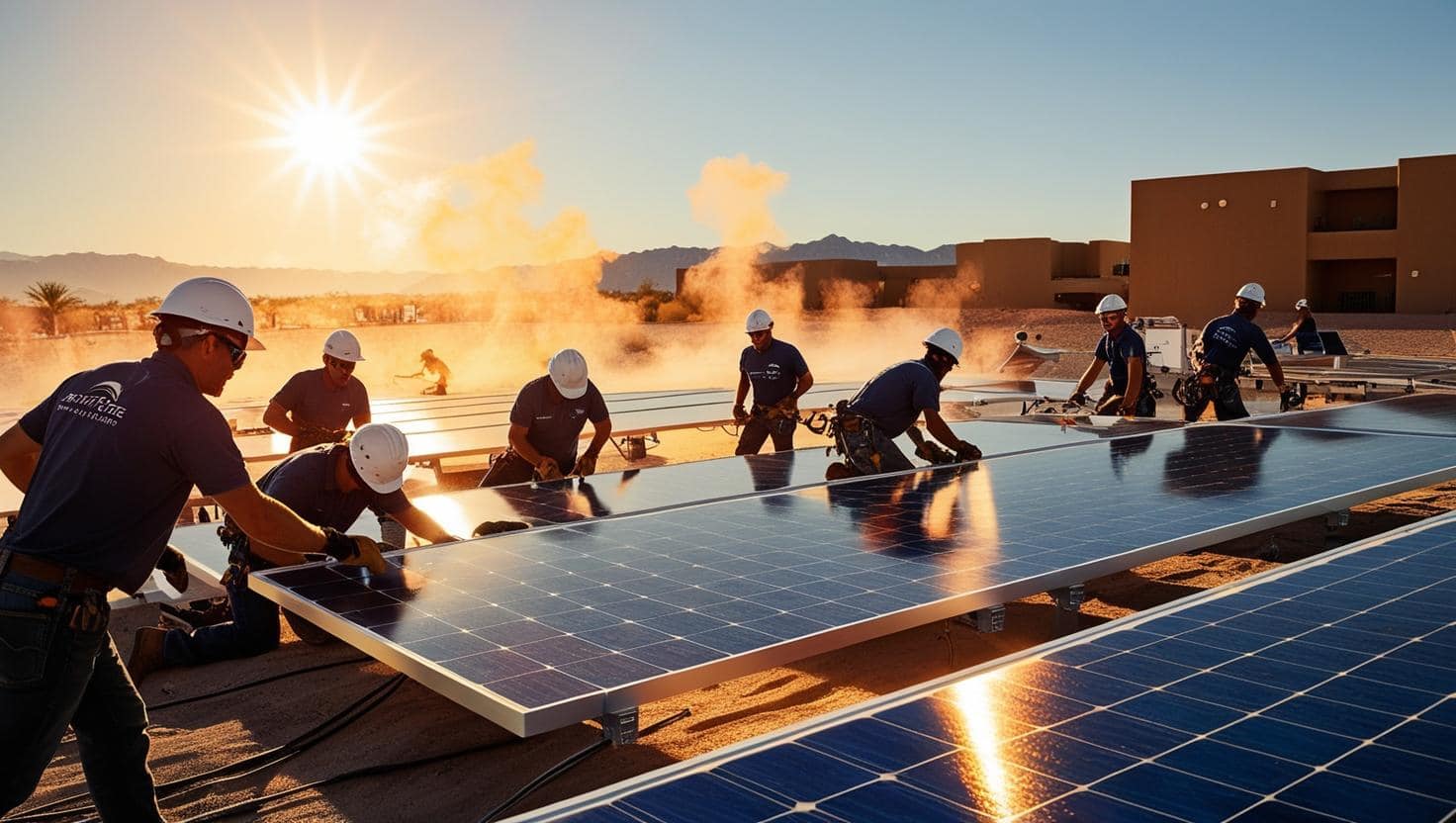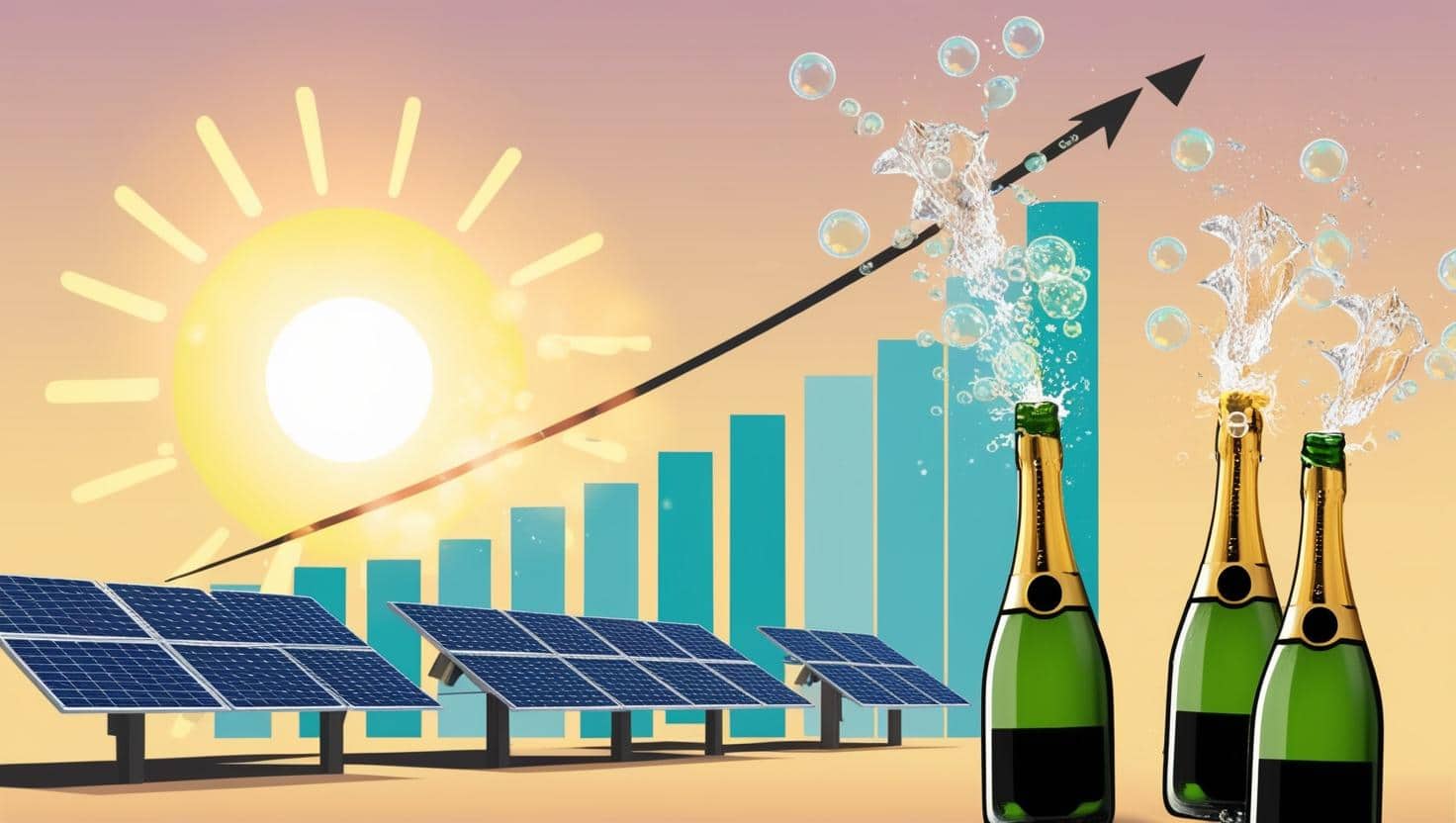Key Takeaways
- Maximizing savings with solar panels involves reducing energy usage, considering solar battery storage, and taking advantage of financial incentives like the federal solar tax credit.
- The impact of solar panels on your monthly electric bill depends on various factors including utility company fees, the size and efficiency of your solar system, and your household’s energy consumption.
- Net metering allows excess solar energy to be sent to the grid in exchange for credits, helping to reduce or eliminate your electric bill during less sunny periods.
Introduction
Harnessing the power of the sun sounds idyllic, doesn’t it? But when it comes to the practicality of solar panels and their impact on your average monthly electric bill, there’s much to consider. From the sun-drenched rooftiles to the depths of the utility company’s billing system, the journey of a photon to your bank account is filled with twists and turns.
Grasping the complex relationship between solar panels and electric bills isn’t solely about counting kilowatts. It involves traversing a labyrinth of elements such as location, system efficiency, and personal energy habits.
Join us as we illuminate the path to solar enlightenment and help you make informed decisions about your energy future. Of course, if you’d like someone to explain this all for you, you can always call and set up a free solar consultation and one of our trained team members will walk you through all the steps.
Factors Influencing Your Electric Bill with Solar Panels
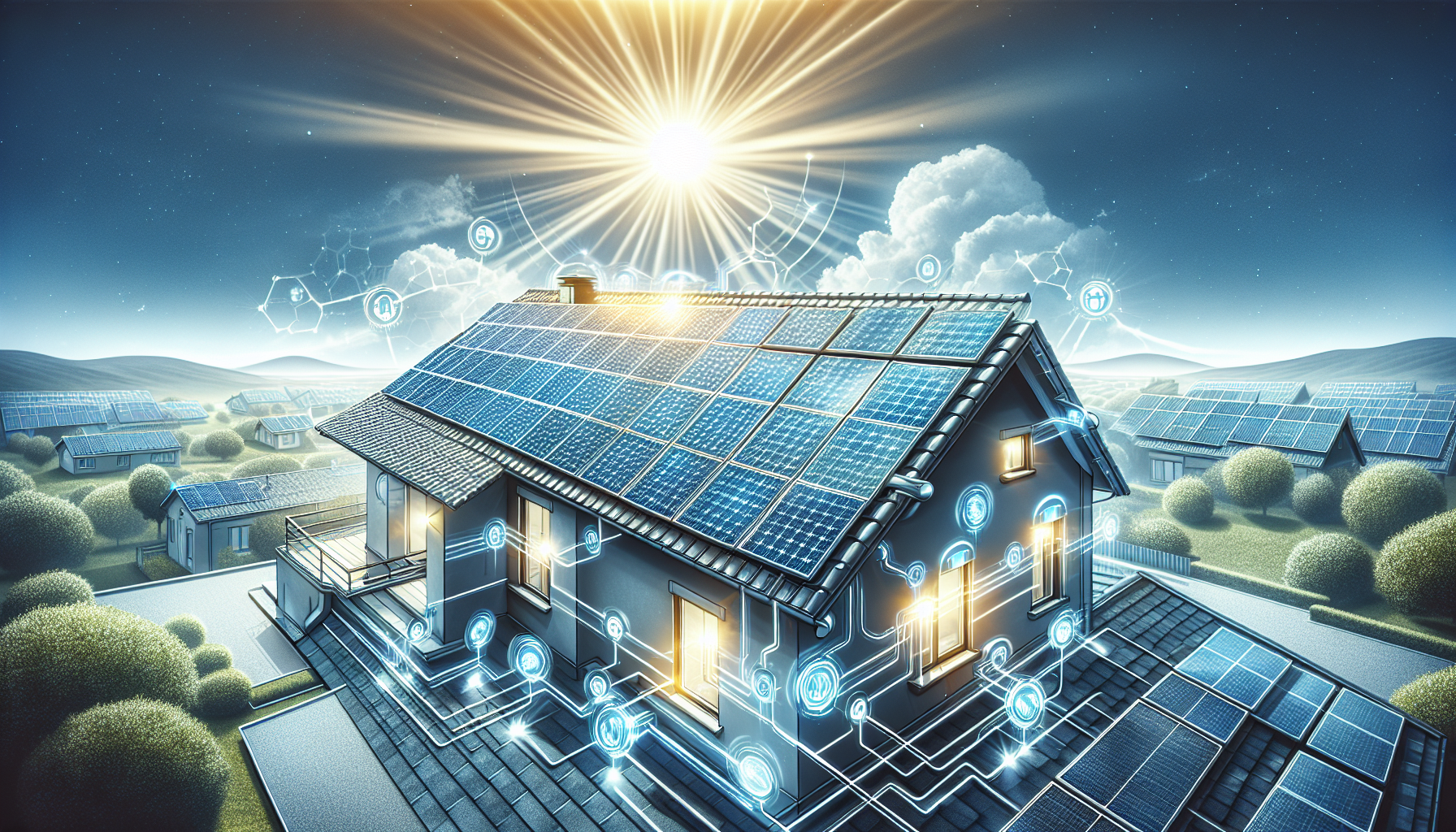
When you install solar panels, they become a silent partner in your household, diligently converting sunlight into usable energy. But how much of a dent will they make in your electric bill? Well, there’s no one-size-fits-all answer. The truth is, your bill with solar panels will reflect a tapestry of influences, each contributing its thread to the overall picture.
Every detail, from the dimensions of your solar array to your teenager’s energy-guzzling gaming PC, plays a significant role. Let’s untangle the factors that will either inflate or deflate your electric bill, giving you a clearer vision of your solar savings potential.
Utility Company Fees
You’ve taken the leap and installed solar panels, but why is there still an electric bill lurking in your mailbox? The culprit: utility company fees. These are the unavoidable costs of staying connected to the grid, ensuring you have power during the solar panels’ downtime.
Although these fees might appear as a dark cloud over your solar journey, they in fact represent a minor cost for the reliability of a grid connection. Think of it as a membership fee for energy assurance, allowing you to enjoy a seamless power supply, come rain or shine.
Solar System Size and Efficiency
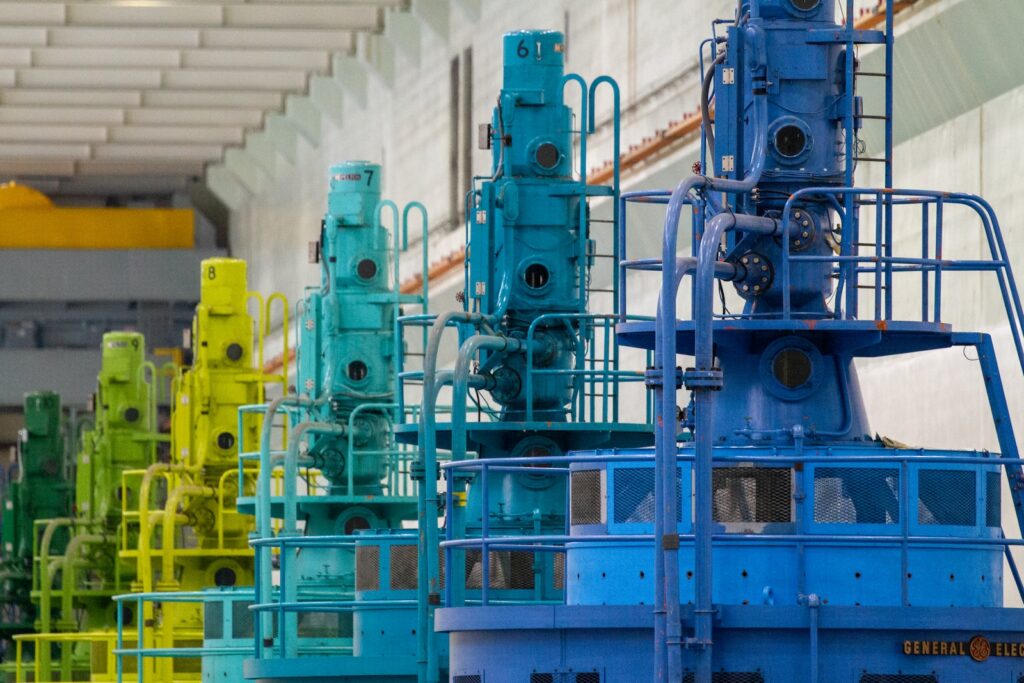
The heart of your solar savings lies in the size and efficiency of your solar panel system. Get it right, and you could be looking at a monthly electric bill that’s little more than an empty line item. The size of your solar installation is a balancing act; too small and you’ll tap into the grid more often, too large and you may not reap the full benefits of your investment. Installing solar panels in the right size and configuration is crucial to maximize your savings.
Efficiency is the secret sauce of your solar system. High-quality panels from trusted manufacturers may come with a heftier price tag, but they often pay for themselves through longer lifespans and more consistent energy production. Moreover, placement holds significant importance— each shift in tilt and orientation could differentiate between good and outstanding solar performance.
Household Energy Consumption
Have you ever watched the numbers climb on a gas pump and wished for a more efficient car? The same principle applies to your home’s electricity usage. The more you consume, the steeper your electric bill—even with the presence of solar panels on your roof. Conversely, the higher your consumption, the greater your potential savings when that energy is solar-powered.
Becoming mindful of the energy your home consumes can be a game-changer. From choosing LED lights over incandescent bulbs to upgrading to energy-efficient appliances, every watt saved is a step towards a lower electric bill and a happier planet. And with a solar installation tailored to meet your energy needs, you could be well on your way to a greener wallet and a greener world, powered by renewable energy.
How Solar Panels Interact with the Grid

Your solar panels aren’t solitary players; they’re part of a team. The grid acts as a storage system, absorbing excess electricity your panels generate and supplying power when your panels fall short. This reciprocal relationship provides the best of both worlds—solar power during sunny conditions and grid power otherwise.
Understanding this interaction is crucial. It’s the key to not just reducing your electric bill but potentially eliminating it. Let’s delve deeper into the mechanisms that make this partnership work and how it affects your monthly statement.
Net Metering Credits
Net metering is like having a savings account for electricity. When your solar panels are basking in the sun, producing more power than you can use, that excess energy is sent to the grid. In return, you receive credits—think of them as electricity IOUs—that can be used to draw power at no extra cost when your panels are off duty.
This process is not just a technicality; it’s a financial strategy that can lead to significant savings. By banking these credits during sun-rich periods, you can offset the cost of grid electricity used during those sun-poor times. This equilibrium helps maintain your electric bill and keeps your savings account robust.
Drawing Electricity from the Grid
Solar panels are our personal power stations, but they have their limits. When the sun dips below the horizon or hides behind clouds, your panels take a break, and that’s when the grid steps in. Solar panels generate electricity when the sun is shining, but drawing electricity from the grid is inevitable and doesn’t have to be costly.
Strategic energy use during peak solar hours and banking those precious net metering credits can minimize your reliance on the grid. And if you’ve sized your system correctly, you’ll find your grid consumption is more of an occasional necessity than a daily dependence. This intricate interplay between solar and grid guarantees uninterrupted lighting without straining your finances.
Seasonal Variations and Weather Impact
As the seasons change, so does the performance of your solar panels. The long, sunny days of summer can make your panels feel like overachievers, while the short, cloudy days of winter might leave them a bit lackluster. This seasonal ebb and flow can have a tangible impact on your electric bill and the efficiency of your solar setup.
But fear not, solar adventurer, for even with these variations, your panels are still working hard for you. We’ll examine how weather and seasons factor into the solar equation, preparing you for the peaks and valleys of solar production.
Impact of Weather Conditions
Mother Nature can be unpredictable, and her moods affect your solar panels’ productivity. Cloudy skies may cast a shadow on your energy output, but it doesn’t mean your panels go silent. Even on overcast days, they’re still putting in the work, just at a reduced rate.
Snow, while it may temporarily cover your panels, can actually be an ally once it melts, cleaning your panels and reflecting light to boost production. Extreme temperatures, on the other hand, can be a foe, as blazing heat can reduce efficiency. Understanding these conditions can help you set realistic expectations for your solar production throughout the year.
Seasonal Production Fluctuations
As you sip your lemonade in the summer sun, your solar panels are soaking up rays and often producing more electricity than you can use. These are the days of excess solar electricity, when net metering credits accumulate like sand in a beach bucket. Then, as the leaves fall and winter whispers in, your solar production might wane, but those sunny day savings come to the rescue.
Seasonal fluctuations are a natural part of the solar cycle. By planning for these shifts, you can ensure that the energy produced in the sunshine months helps carry you through the darker days. This is the rhythm of solar living—bountiful summers followed by cozy winters, all balanced on the ledger of your electric bill.
Understanding Your Monthly Electric Bill with Solar Panels
A solar-equipped home’s electric bill is a tale of two stories: the power you consume from the grid and the power your panels contribute. It’s a document that reflects your home’s energy narrative, with solar playing a starring role. But to truly understand this bill, you must peek behind the curtain to see how the numbers are crunched.
The electric bill with solar isn’t just about what you owe; it’s also about what you’ve produced. Your panels’ energy output directly powers your home first, invisible on the bill. Only the excess, the part that’s shared with the grid, makes a cameo as credits. We’ll dissect this billing narrative, enabling you to identify the solar savings at each stage.
Regular Charges vs. Solar Savings
Your monthly electric bill is like a financial seesaw. On one end, the regular charges from your utility company, and on the other, the savings from your solar panels. With each passing month, you’re not just avoiding electricity costs; you’re actively reducing your reliance on the grid and working towards lower electricity bills than the average electric bill.
The beauty of solar savings is that, unlike electric rates, they don’t tend to rise. Over time, as utility prices climb, your solar system keeps producing at the same rate, tipping the scales of savings in your favor. That stability can be a comforting constant in the ever-fluctuating world of energy costs.
Annual True-Up Statement
Once a year, the curtain falls, and it’s time for the grand reconciliation of your electric usage and solar production: the annual true-up statement. This statement is the final tally, the ledger that lays bare the interplay between your solar panels and the grid over the past 12 months.
This true-up is where you’ll see the credits for your solar contributions, the debits for your grid consumption, and any remaining balance due—or in the best cases, a credit carried over. It’s the financial finale to your year of solar living, where the savings take center stage and take a bow.
Maximizing Savings with Solar Panels
Armed with knowledge and a bit of strategy, you can turn your solar panels into a powerhouse of savings. It’s not just about enjoying the benefits of solar power; it’s about maximizing them. Your solar panel system, akin to any tool, derives its effectiveness from its usage.
From keeping your panels clean to managing your energy usage, every little action can have an impact. Let’s explore how to squeeze every drop of savings out of your solar investment, ensuring your panels are not just a source of power, but also a source of financial gain.
Reducing Energy Usage
One of the simplest yet most effective ways to maximize your solar savings is to reduce your energy usage. It’s like finding coins in the couch cushions; it doesn’t cost you anything, and the savings add up. By embracing energy-efficient habits and appliances, you’re not just cutting down your electric bill; you’re also extending the life of your solar system.
Every watt of electricity you save is a watt that doesn’t have to be bought from the grid. It’s a straightforward equation: less consumption equals more savings. And with solar panels, those savings can be significant, reducing your electric bill and your carbon footprint simultaneously.
Installing Solar Battery Storage

For the astute solar user, the future lies in battery storage. It’s the key to unlocking energy autonomy, allowing you to:
- Store surplus solar power for when the sun isn’t shining
- Become your own mini-utility
- Be less reliant on the grid
- Be more in control of your energy destiny.
By tapping into stored solar energy during peak hours or nighttime, you’re reducing your need to pull expensive grid power. This not only lowers your electric bill but also provides peace of mind during power outages. It’s a win-win that makes solar battery storage an investment worth considering.
Financial Benefits Beyond Monthly Savings
The allure of solar panels goes beyond the monthly savings on your electric bill. It’s about the broader financial canvas, where benefits like increased property value and energy independence paint a picture of a secure financial future. Solar panels represent not only an environmentally-conscious decision but also a shrewd financial move.
As you bask in the glow of monthly savings, it’s worth remembering the additional perks that come with your solar investment. These benefits form a financial ecosystem that supports you today and promises even greater returns tomorrow.
Long-term Savings and Return on Investment
The true value of solar panels is measured over time. With each sun-soaked day, you’re chipping away at the initial investment and edging closer to pure profit. As electricity rates rise, your solar panels stand firm, offering a hedge against inflation and a return on investment that only gets better with time.
This enduring financial benefit stands as one of the most persuasive reasons to adopt solar power. After the payback period, which can be as short as 4 years, you’re essentially generating free electricity. It’s a sustainable source of savings that can last for decades, lining your pockets while protecting the planet.
Federal Solar Tax Credit and Incentives
The road to solar savings is strewn with incentives. The federal solar tax credit, for instance, is a boon for new solar adopters, allowing you to deduct a significant percentage of the installation cost from your federal taxes. This upfront discount shortens the road to recouping your investment and sweetens the deal of going solar.
Beyond the federal credit, a mosaic of state and local incentives awaits, each designed to make solar more accessible and affordable. These incentives not only lower the barrier to entry but also accelerate the financial benefits of your solar system, making it an investment that pays dividends in more ways than one.
Summary
In the realm of solar power, your monthly electric bill tells a story of innovation, savings, and synergy with the grid. We’ve journeyed through the factors that shape your bill, the seasonal rhythms that influence production, and the financial strategies that maximize savings. As you consider the solar path, remember that with careful planning and a bit of savvy, the benefits extend far beyond what meets the eye. Embrace the solar revolution, and let the sun shine on a brighter financial future.
Frequently Asked Questions
How do solar panels affect my electric bill if they’re not producing 100% of my energy needs?
Solar panels can reduce the amount of electricity you need from the grid, leading to lower electric bills, even if they don’t fulfill all your energy needs. Additionally, excess energy can earn you credits through net metering, offsetting costs when your panels aren’t producing enough.
Will I still have an electric bill if I have solar panels installed?
Yes, you may still have an electric bill after installing solar panels, but the amount owed can be greatly reduced or even eliminated, depending on various factors.
Can weather conditions really affect how much energy my solar panels produce?
Yes, weather conditions like cloud cover, snow, and extreme temperatures can significantly affect the efficiency and output of your solar panels, leading to fluctuations in energy production.
Is it worth investing in solar battery storage?
Yes, investing in solar battery storage is worth it, as it allows you to store excess solar energy for use when your panels aren’t producing, reducing your reliance on the grid and potentially lowering your electricity costs.
How does the federal solar tax credit work to reduce the cost of installing solar panels?
The federal solar tax credit works by allowing you to deduct a percentage of the cost of your solar panel installation from your federal taxes, covering equipment, labor costs, and permitting fees to reduce upfront costs and shorten the payback period.
